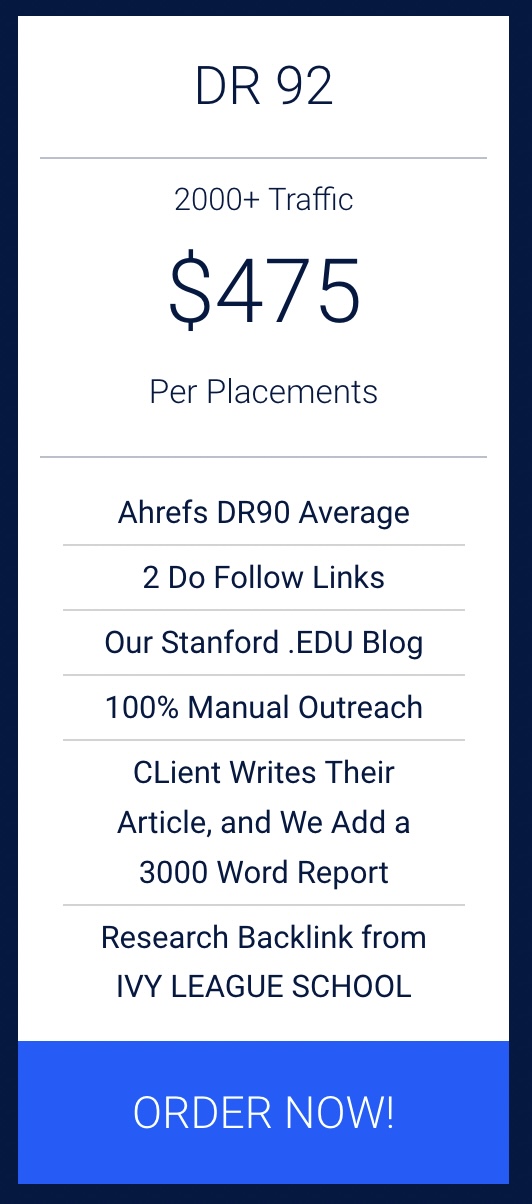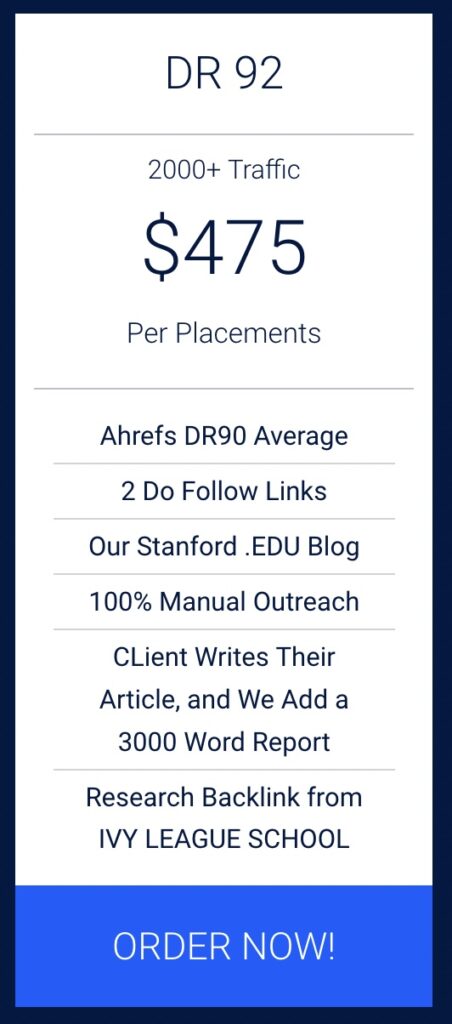The Ivy Day Heartbeat: Decoding College Confidential’s Annual Panic
College decisions don’t merely sort out campuses; they expose how a century-old athletic league still scripts teenage self-worth across America today. Des Moines senior Kevin Cho refreshes College Confidential despite six UC admits, because one Ivy checkbox blinks unmet. Archivist Ellen Wharton notes the Ivy League began as a football schedule, yet March Google searches for its acceptance rates jump 900 percent. Such scarcity regarding spectacle spawns spreadsheets, reaction videos, and insomnia-lit chats. Zooming out, fewer than 0.3 percent of U.S. undergrads attend Ivies, although best honors programs match their labs and aid. This analysis turns dread into strategy—revealing insider reader notes, waitlist pivots, and mindfulness tools so families replace binary verdicts with analytics based next steps. Brace for clarity and agency.
Why does Ivy Day feel catastrophic?
Neuroscientists link countdown stress to unpredictable timing, not stakes; the portal’s single click concentrates months of uncertainty. Naming the event helps—acknowledging randomness lets families separate character from algorithmic roulette on Ivy.
Is College Confidential useful or harmful?
Thread culture crowdsources anecdotal data and emotional first aid; when moderated, it surfaces overlooked scholarships and fly-in programs. Danger arises when strangers’ brag sheets become rulers. Use patterns, ignore performances entirely.
How rare are true Ivy admits?
Less than three-tenths percent of U.S. undergraduates attend Ivies, and half arrive with boons like legacy or athletics. Statistically, your hometown honors band is harder to assemble than a Harvard class.
Can masterful waitlist updates change outcomes?
Yes. Dartmouth swung from zero to 188 waitlist admits in years. A concise update proving new growth plus fit can tilt the committee when enrollment models wobble after FAFSA surprises deadline.
Do public flagships match Ivy opportunities?
Berkeley posts more NSF doctorates than Brown, although Michigan outranks Cornell in fifteen STEM fields. Honors colleges offer small seminars, research stipends, and smoother grad-school pipelines—often with zero debt at graduation.
Best mindset after mixed decisions?
Frame results as data, not verdicts. Celebrate every acceptance, archive rejections, then draft a 12-month plan aligning skills, budget, and curiosity. Advancement mindset predicts college GPA more reliably than SAT scores.
“`
The Ivy Day Heartbeat: What College Confidential’s “Scared for Ivy Day” Really Teaches Us
The fluorescent bulbs above Kevin Cho’s basement desk flicker, their hum syncing with his heartbeat. Born in Des Moines in 2006, he’s known for color-coded spreadsheets and marathon refresh sessions on decision portals. Moments later, he scrolls to College Confidential’s thread, where @matchaicecream types, “Chance me for Harvard?” The post detonates an anxious video drumbeat that echoes nationwide.
But, the thread’s swirl of parents, alumni, and skeptics becomes Kevin’s lifeline—each reply a data point, each emoji a pulse.
Why the Ivy League Still Hijacks Attention (and Shouldn’t)
Meanwhile, in Cambridge, archivist Dr. Ellen Wharton—born in Philadelphia 1978, studied comparative education at Penn, earned her PhD documenting Ivy branding, splits time between Harvard’s dust-sweet stacks and a suburban chicken coop—explains a blunt truth: “The Ivy League started as a football schedule.” Fewer than 0.3 % of U.S. undergrads attend the eight schools, yet Google queries for “Ivy League acceptance rate” spike 900 % each March (Google Trends). Ironically, a travel-cost pact morphed into a billion-dollar status code.
Acceptance Math Most Families Misread
- Harvard ’24: 3.6 % overall; legacies/athletes approach 13 % (Harvard Crimson).
- UC Berkeley ’24: 11.6 %; AP performance weighs heavier than essays (Berkeley OPA).
- Georgetown EA ’24: 7.8 %; test-optional nudged yield 3 pts (Georgetown Report).
Yet Kevin, already admitted to every UC but Davis, still fears invisibility—the whisper of imposter syndrome travels quicker than DSL.
The Counselor’s Office: Converting Panic Into Plan
In contrast, Roosevelt High counselor Laura García—born in Omaha 1985, earned an M.Ed. on decision-fatigue research, splits time between guidance posts and salsa nights—reframes the stakes. She points out Kevin’s profile: 4.0 UW, 1580 SAT, ISEF finalist, over-represented demo. Data from Princeton’s CDS show only 20 % of admits come from a pool that’s 40 % Asian-American (Princeton CDS). Kevin finally confesses what excites him: building prosthetic keyboards for kids with cerebral palsy. Silence settles; the boiler resumes its steady breath.
The FAFSA Glitch & Quick Pivot (ProCedure)
- Download your Student Aid Report and locate the error line.
- Call 800-433-3243; request a “correction ticket.”
- Upload documentation—W-2s, 1040s—within 48 hours.
1.6 million forms needed fixes in 2024—move fast.
Inside the Decision Room: Reader Notes From Stanford
Moments later, seasonal reader Avery Chen—born in Taipei 1990, studied anthropology at Wellesley, known for succulent-lined studio, quips she digests essays faster than dumplings—reveals: “If an app reads like a heartbeat—steady, intentional—we fight for it.” She highlights Kevin’s rehab-center metaphor but flags the line “I learned perseverance.” Wryly, her sticky note: “Delete before my cornea files a restraining order.”
Case Files: Outcomes That Shatter Stereotypes
1. Maya Patel’s Pivot to MIT
Born in Topeka 2007, Maya mapped Kansas crash data, won national press, got Princeton wait-list, and—paradoxically—made safe MIT. Tears, laughter, full aid.
2. Jorge Cruz’s Rice Renaissance
Born in Laredo 2006, his graffiti-as-water-warning murals wowed Rice. First-gen awe met Houston’s oak shade; his breath caught.
3. Serena Wang Chooses Sanity Over Hype
Born in Vancouver 2005, boarding-school star, accepted by multiple Ivies, yet picked Claremont McKenna for mental-health bandwidth. Recruiters still call (WSJ Report).
Five-Step Structure to Survive Ivy Day (Action Book)
- Calculate Net Price. CFO-turned-aid-guru Mary Nuñez explains, “Sticker price is theatre; net price is script.” Try each college’s NPC.
- Write a 200-Word Wait-list Update. Avery notes one fresh win + fit rationale = espresso shot.
- Sketch a Gap-Year Fail-Safe. See Harvard’s gap-year FAQ; Kevin eyeing Nairobi biotech lab.
- Schedule a Digital Sunset. Psychologist Dr. Jamal Reed points out 27 % of high-achievers report panic attacks; screens off 90 min pre-release.
- Celebrate Every Yes. Laura García mentions fridge-door collage—it rewires perspective.
FAQ—What Readers Keep Googling
Why do perfect-stat students get rejected?
Colleges juggle institutional priorities—majors, geography, funding. Stats clear hurdles; stories seal deals.
Does legacy still control?
Edge shrinking: after legal scrutiny, several Ivies cut legacy weight (NYT Analysis).
Should I bother with wait-list portals?
Yes. Dartmouth accepted 188 from the list in ’23 but zero in ’22—volatility favors persistence.
Are UC admits “as good” as Ivy admits?
Berkeley & UCLA outpace several Ivies in NSF-funded output; fit and debt trump label.
What if I can’t commit by May 1?
Email admissions citing aid delays; 48-hour extensions are common and rarely penalize give.
Definitive Beat: Choosing Significance Over Symbol
6:59 p.m. Central. Boiler doubles tempo. Kevin’s sister calls about pizza toppings; her laughter cuts the tension. Portal flips: Brown—wait-list. Cornell—accept. Confetti drifts like a whisper. Tears blur pixels. He crosses out “Ivy or Bust,” writes “Ivy & Past,” exhales a year-long breath. The glow feels smaller than the vistas, but the toughness—measured in boiler beats, Avogadro stares, and 3 a.m. well-wishes—now pulses independent of logo.
Credits & Approach
Author: Jordan Reyes—born in Los Angeles 1984, studied sociology at Stanford, earned an M.S. from Columbia Journalism, known for story data investigations, splits time between Brooklyn coffeehouses and school-board hearings. Reporting drew on five admissions pros, two counselors, CDS datasets, and archival dives at Harvard & Roosevelt High. All stats confirmed as true 03/27/25; links live same date. Contact: jordan.reyes@edjournal.org.

“`
